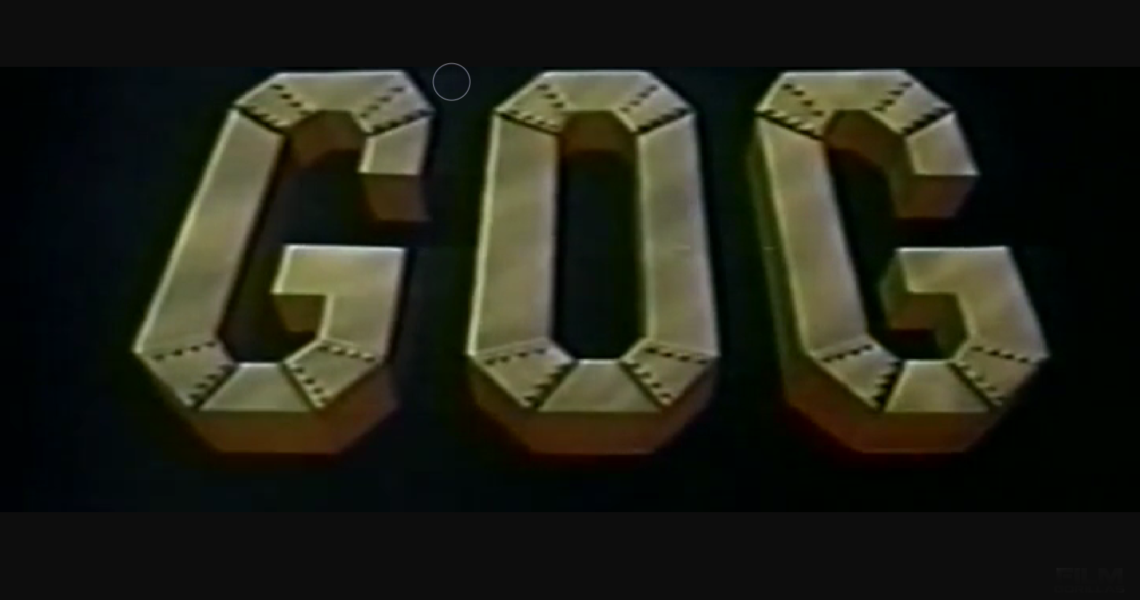-
#563 – Gog (1954)
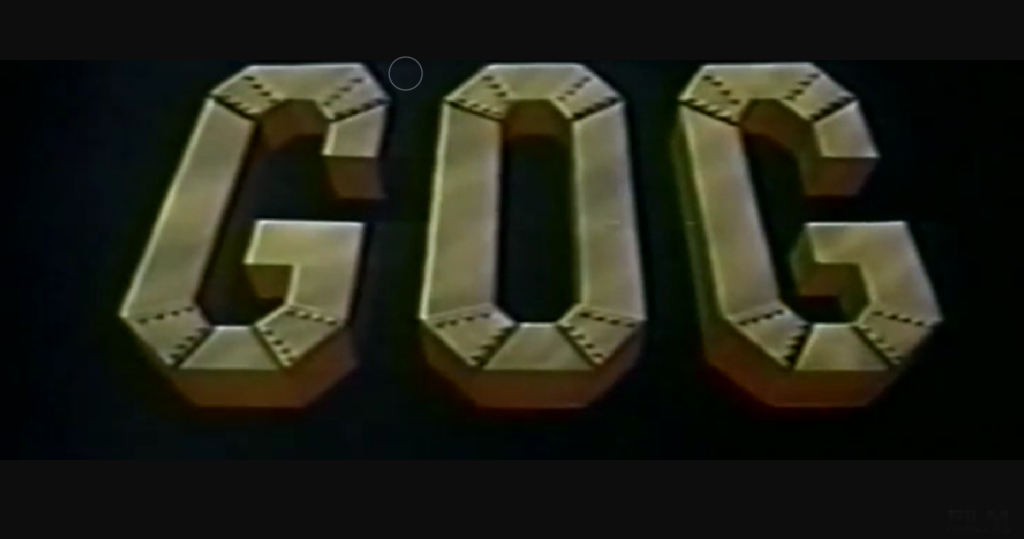
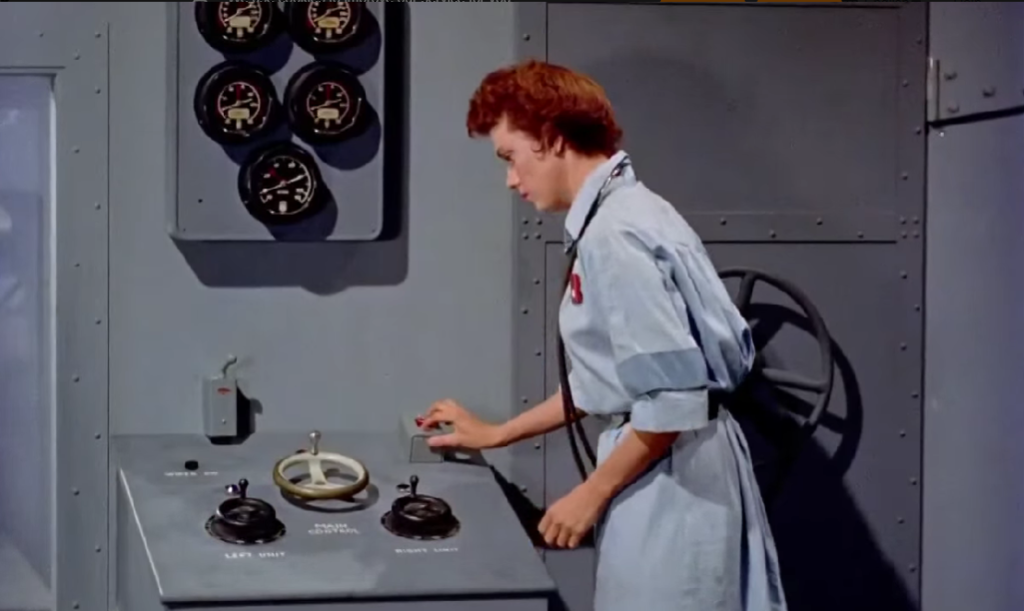
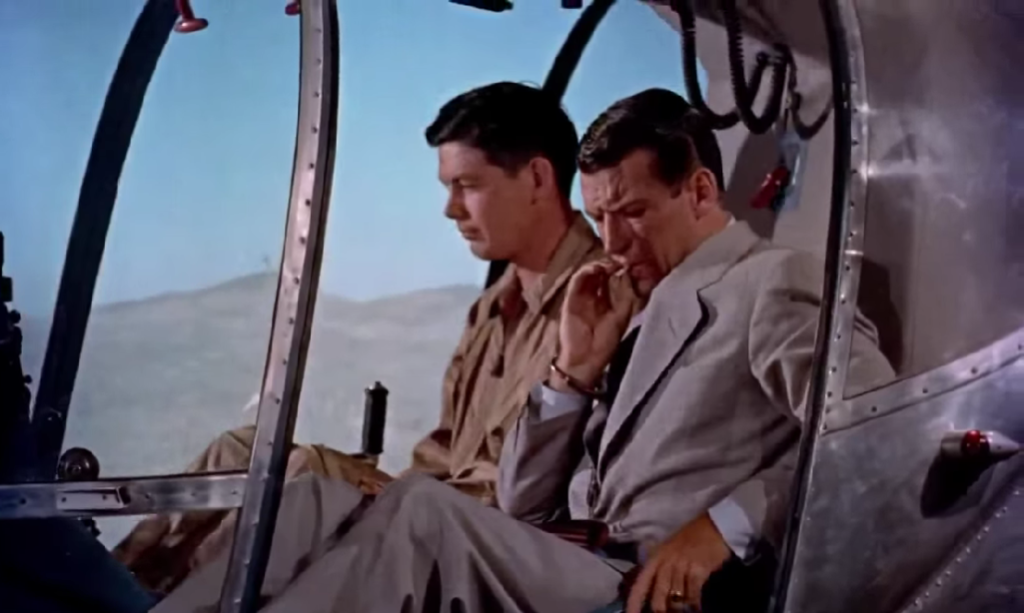
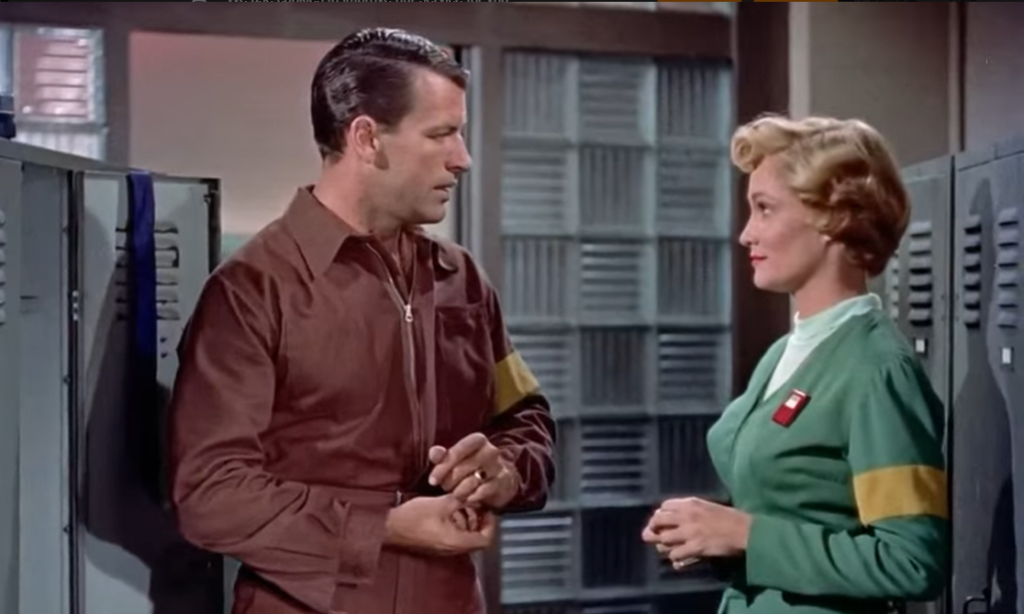
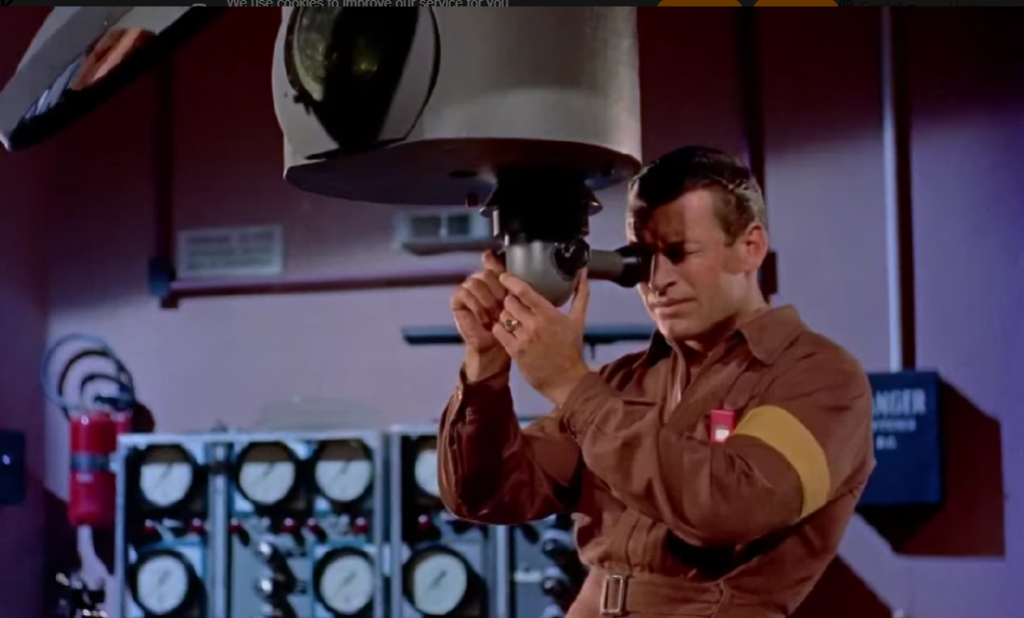
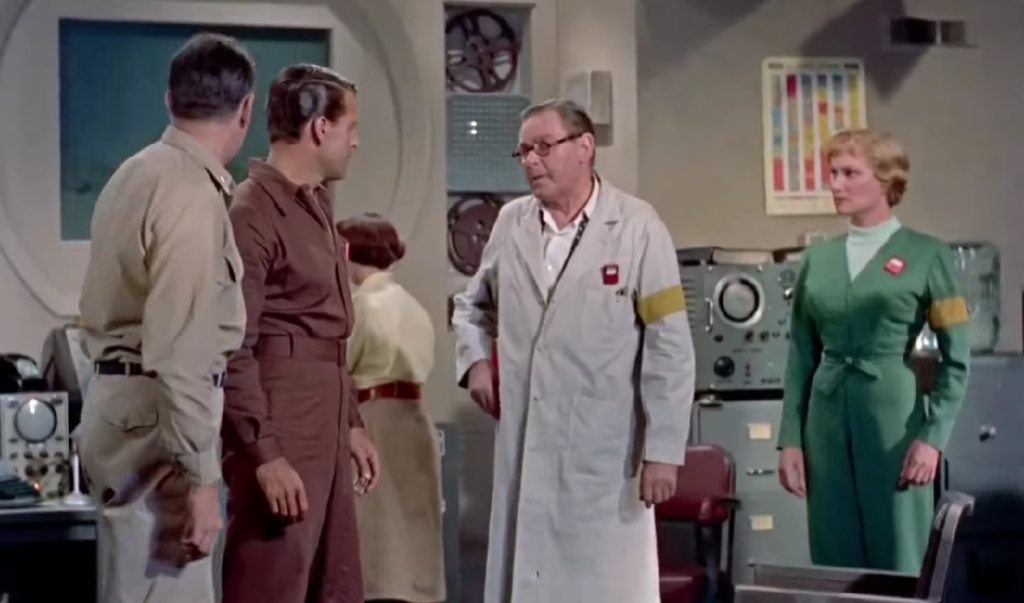
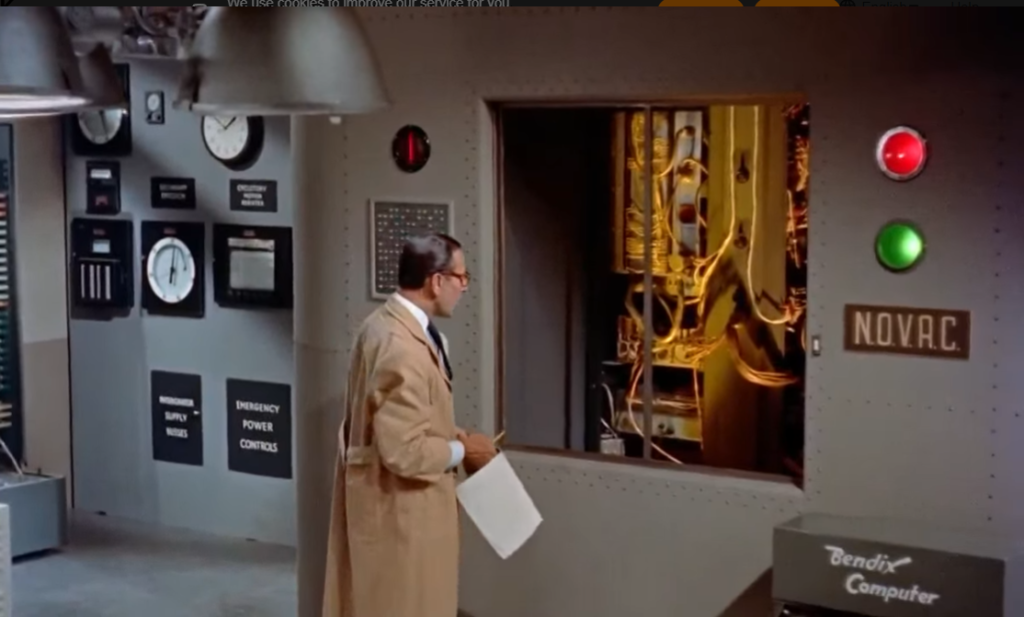
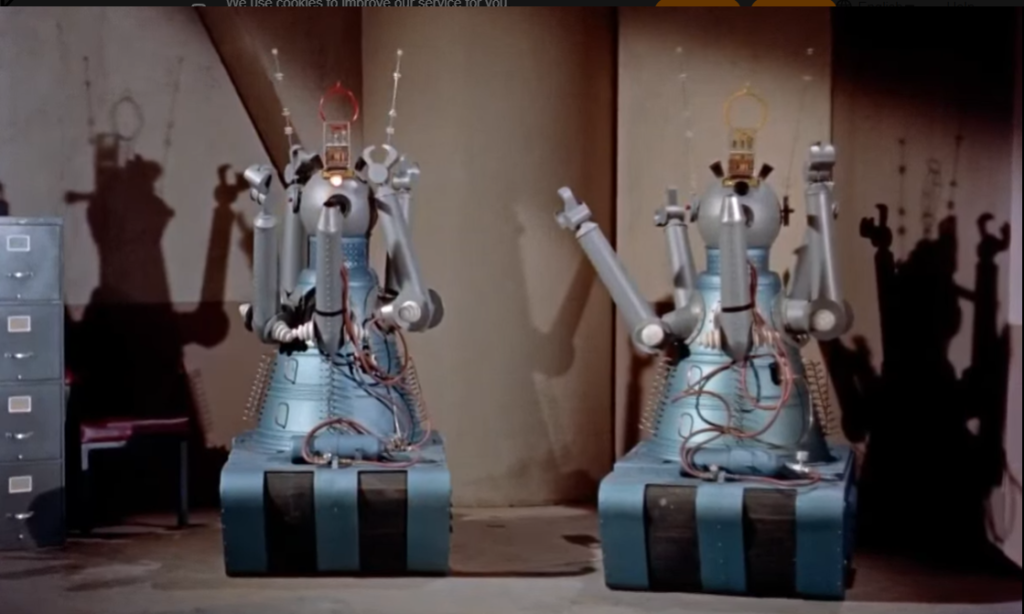
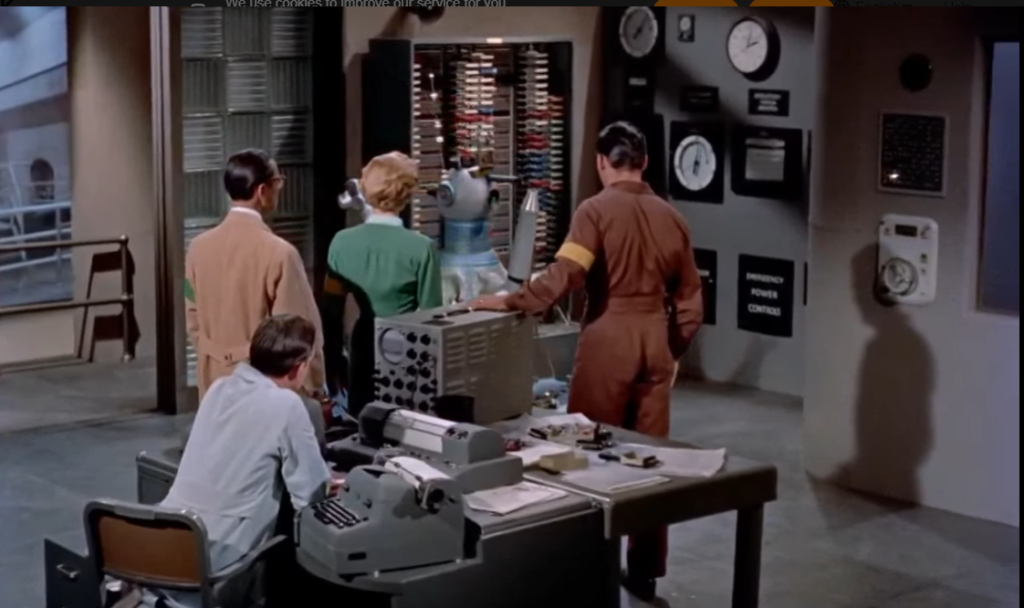
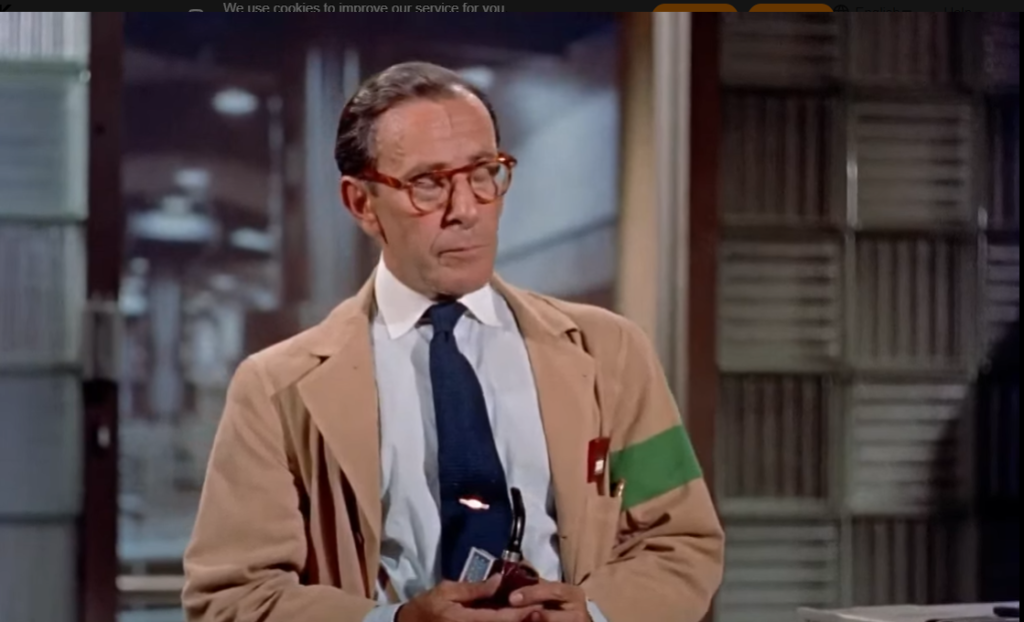
Gog (1954)
Film review #563
Director: Herbert L. Strock
SYNOPSIS: A series of unexplained malfunctions at a top-secret government facility in New Mexico leads to suspicions of sabotage, and the Office of Scientific Investigation (OSI) send Dr. David Sheppard to investigate the facility. As some of the scientists are killed under mysterious circumstances, it becomes a race against time to unravel the mystery before more people are killed…
THOUGHTS/ANALYSIS: Gog is a 1954 sci-fi film. It is the third of a trio of films independently produced by Ivan Tors that feature the Office of Scientific Investigation (OSI) in some form. This time, we see Dr. David Sheppard travel to a top secret government research facility in New Mexico, where strange malfunctions have been occurring which is suspected to be sabotage. As a number of prominent scientists die under mysterious circumstances, Sheppard must work out who is responsible, and stop them. Like the other two films produced by Ivan Tors, The Magnetic Monster and Riders to the Stars, the film goes heavy on science fact more than science fiction, with it going into a fair amount of detail on the structure of the facility, radiation, the different projects etc. There is obviously a lot of consideration and thought that has gone into getting everything as accurate as possible, but the downside to this is that there are a lot of scenes which are just standing around talking exposition. The things they are talking about would probably have been a lot more interesting and “futuristic” back in 1954, whereas today all the talk of computers and radiation might seem a bit mundane. Another problem with all this dialogue is that it breaks up the flow of the story quite a lot, so it struggles to maintain energy throughout, and leaves you wondering just what you are supposed to be paying attention to.
The characters are probably the weakest element of the film: the main character, David Sheppard, is just the typical male lead, and him being a scientist of some sort doesn’t really play into the story. The story does have more than one female character at least, but the main female lead just serves as an assistant/love interest for the male lead just like every other film of the time. The rest of the cast are the various scientists that are in the research facility, each of which has a research specialty, and come from a different country (reflecting the U.S. tendency to recruit scientists from their enemies in World War II). The different subjects are again explained and provide a bit of variety, but again, the characters themselves don’t really stand out: they’re all just middle-aged or elderly men in white lab coats.
The most interesting aspect of the film is the NOVAC computer, which apparently controls most of the functions of the facility. Again, this is one of those things which wouldn’t be too interesting nowadays, but back in 1954, having such a computer and having it explained in such detailed would have been fairly novel. We also have the two robots, which again look clunky and cheap nowadays, but have a life of their own which would have been impressive: even more so because the film is a rare colour sci-fi film, like Riders to The Stars, so the sets and props really stand out compared to many other b-movie films. There’s a nice amount of detail, and the setting is well constructed, to give it an authentic, yet futuristic feel. Also, the finale of the film just has everyone fighting with flamethrowers, so that’s pretty cool if nothing else. Overall, Gog is a neat little movie that has plenty of substance and detail, relying on science fact rather than science-fiction. The drawback to this is that a lot of explaining what is going on is required, and halts the momentum in the story constantly. The clear effort put into the science and the design of the sets and robots does make the film stand out from it’s contemporaries as well as being in full colour, but it’s shortcomings mean the film is very much a mixed bag.
-
#561 – Riders to the Stars (1954)
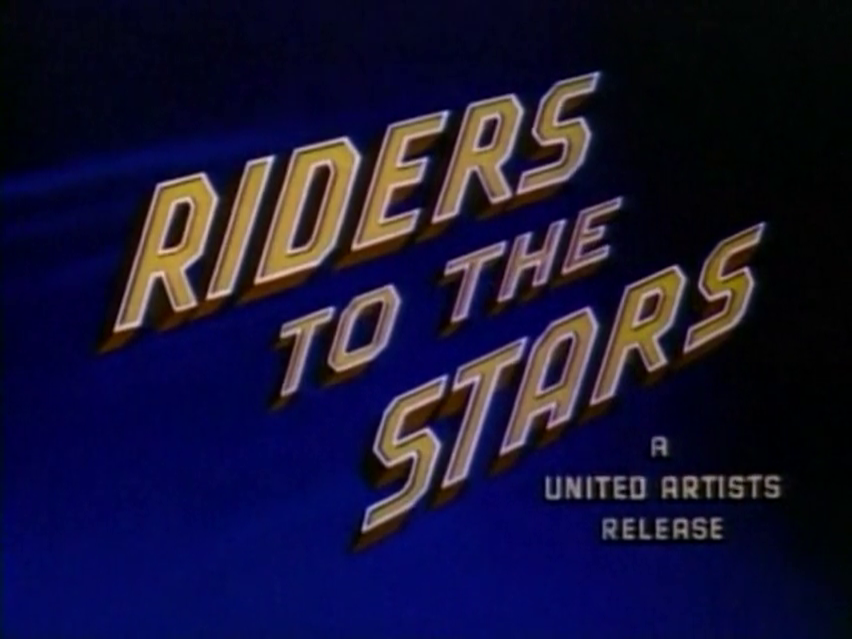
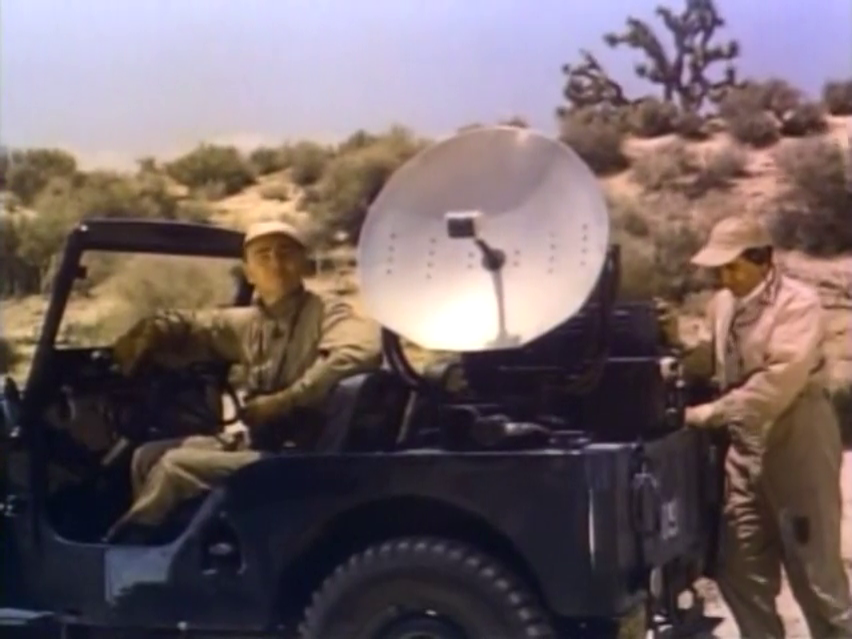
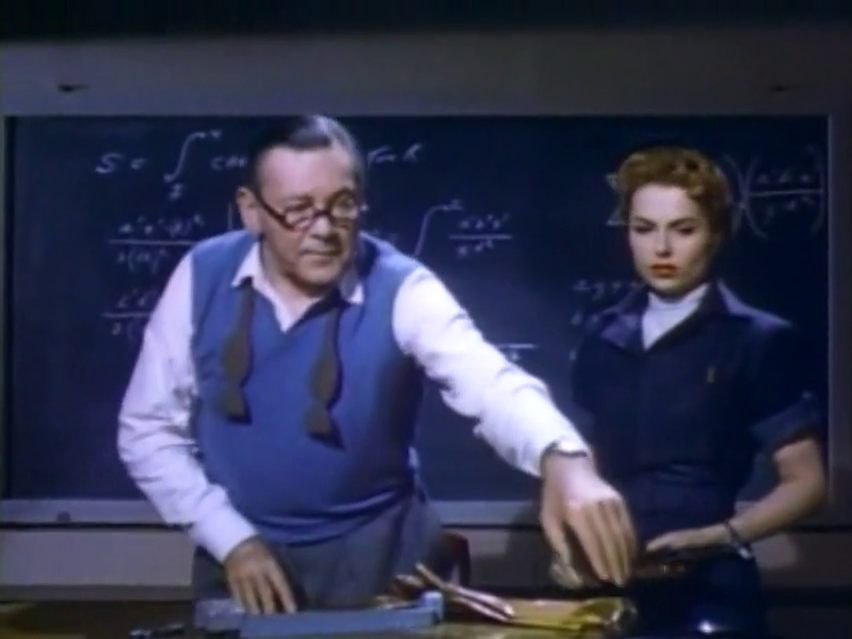
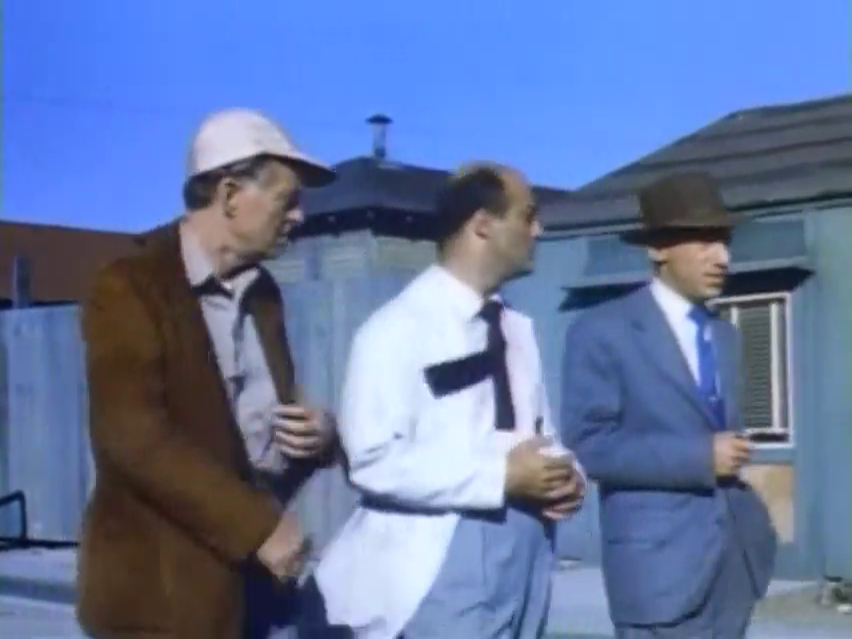
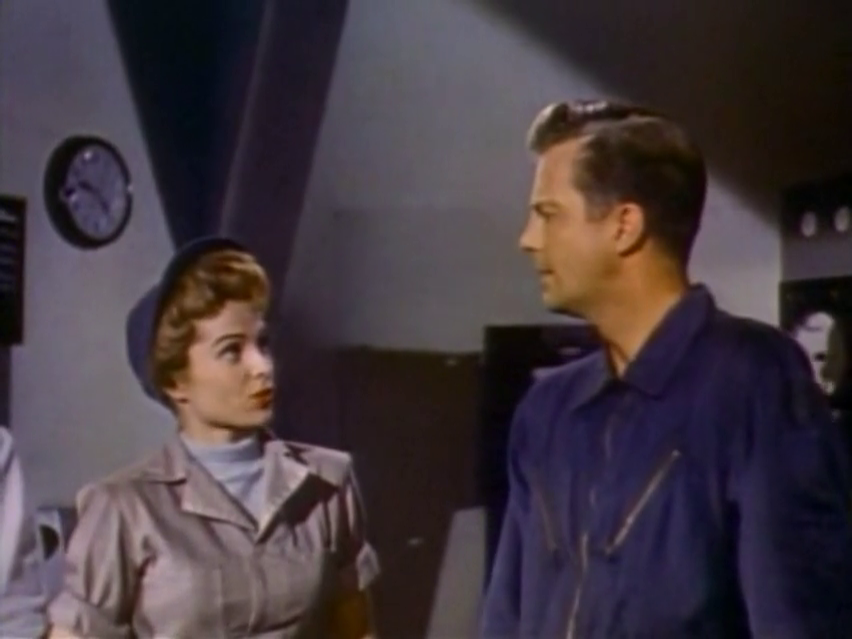
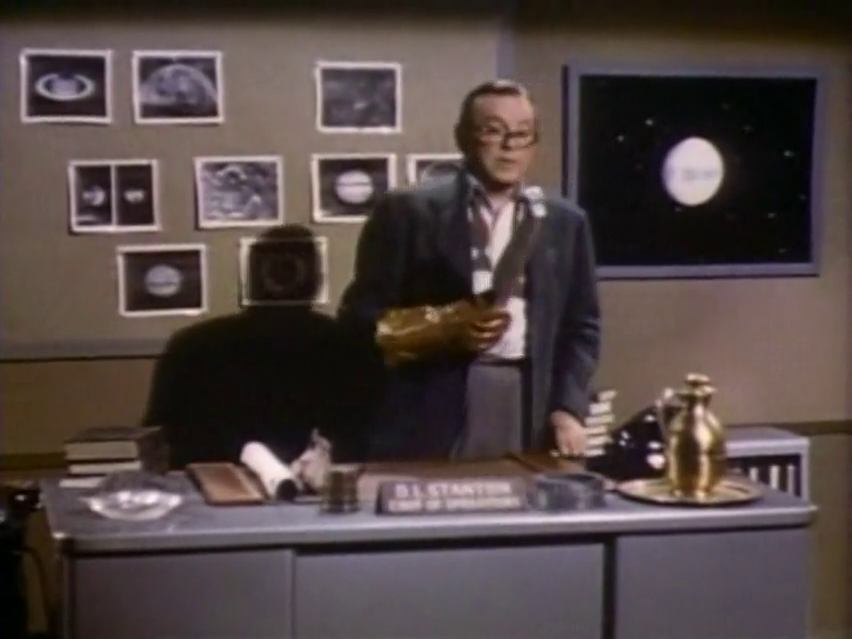
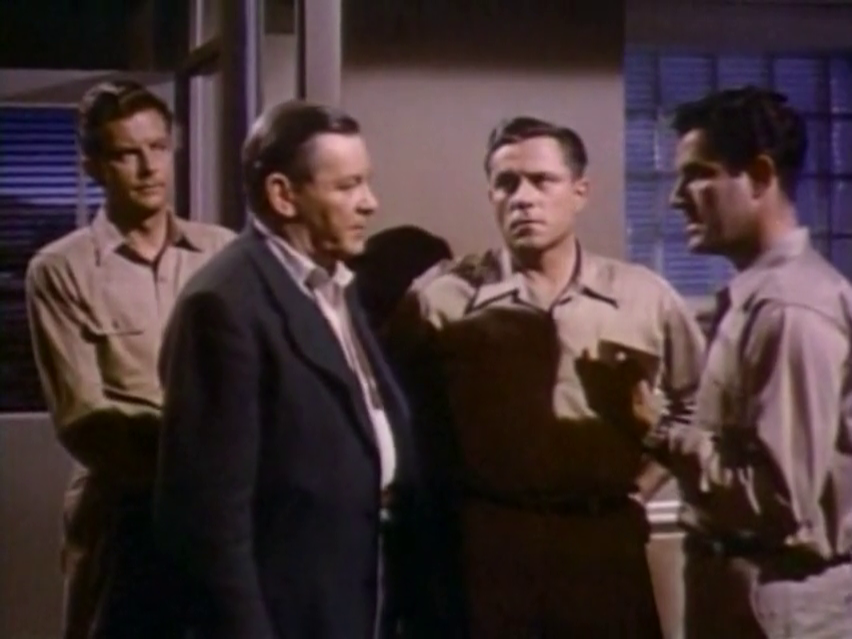
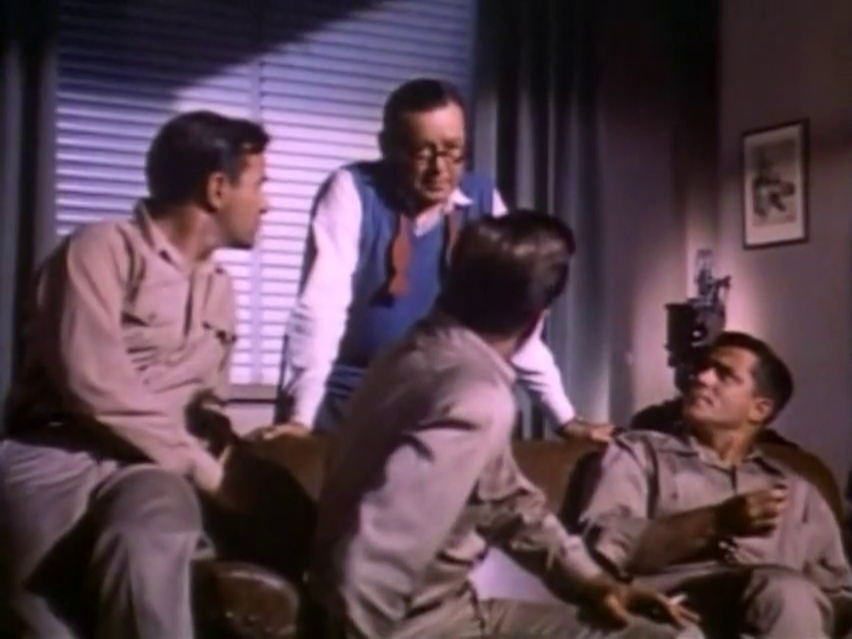
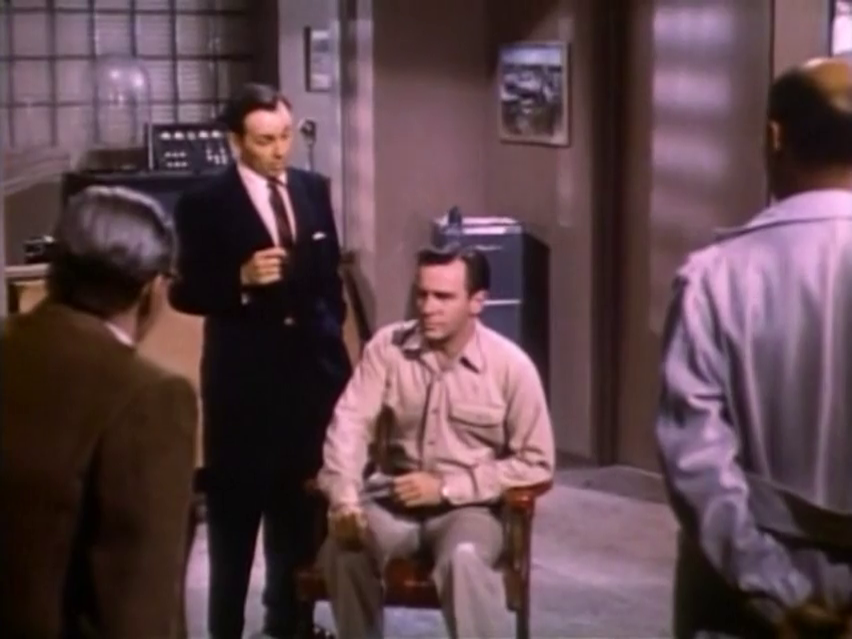
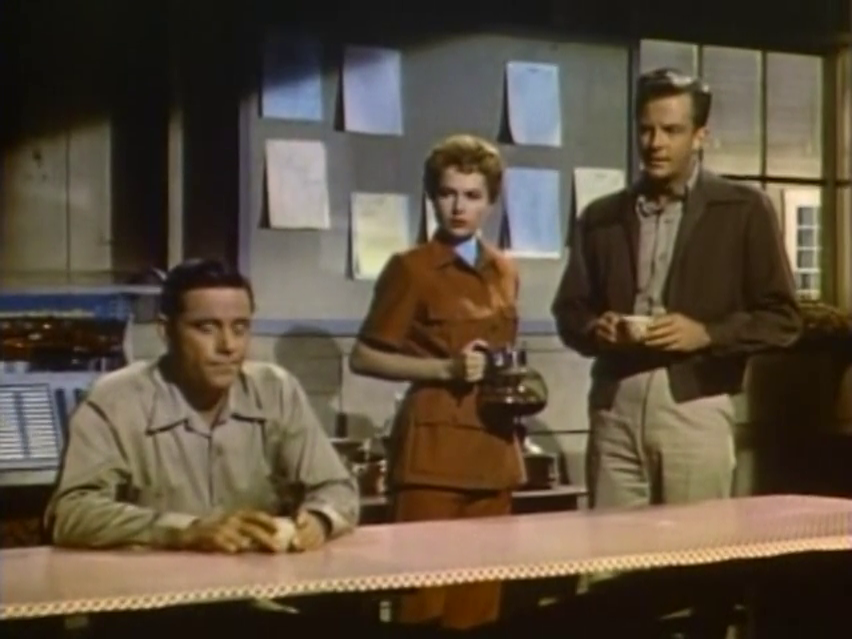
Riders to the Stars (1954)
Film review #561
Director: Richard Carlson, Herbert L. Strock
SYNOPSIS: A group of twelve men highly specialised in various fields are recruited for a top secret project. They undergo various physical and psychological tests until only four remain and they learn the secret of the project: to travel into space and collect a meteorite to discover how they exist in space despite being bombarded by cosmic radiation…
THOUGHTS/ANALYSIS: Riders to the Stars is a 1954 independent sci-fi film. The film’s story centres around twelve men, including Dr. Richard Stanton, who are highly trained experts in their field, all invited to a secret project, where they are put through a series of physical and psychological tests to determine their suitability for the project. When only four remain at the end, including Stanton, they are told the purpose of the project: they are to go into space to collect a meteorite, to see how they survive in space despite the large amount of cosmic radiation, which destroys man-made material. The story mostly revolves around these twelve men undergoing the various tests associated with space travel, including zero-G training. The film has quite a lot of detail and there’s obviously some knowledge and consideration about what would actually be required for a human to go into space, even though in 1954, no one would have done so, so it is a bit speculative. The trouble with all of this is that the film is that everything is so boring, and it doesn’t really bring the science or danger alive thanks to dull characters and long-winded exposition. There’s some discussion about how they need to go into space before their enemies (Soviets, presumably) so they can “keep space free,” but one of the men points out that position is no better than their enemies from conquering space, so the film does have a bit more depth than simple U.S. propaganda in the “space race,” but again, this often gets forgotten over the low energy of the overall plot and progression.
The cast of characters don’t really stand out from one another: the twelve candidates are all middle-aged men with short dark hair that are barely distinguishable from one another. There is, of course, one solitary female character in the main cast, but she is an actual scientist herself (with the “Dr.” title too), which is very rare. Unfortunately, her role devolves into being just a typical romantic interest for the male lead, which is disappointing. The finale of the film does have a bit more energy, as the three rockets head into space to try and collect meteorites, and Stanton being the only one who survives at the end. The cast learn that meteorites survive cosmic radiation by having a thin layer of carbon surrounding them (like diamond), and so presumably they can build satellites and space stations now thanks to this information. Obviously this isn’t really what happens in space, but again since nobody had been to outer space at that point, it probably seemed more believable at the time it was released.
Despite being an independently produced film, Riders to the Stars has a fairly good look and feel to it: the sets are detailed, including a Zero-G testing machine for the candidates, the attention to detail on the science is pretty good, but as mentioned, it does result in long scenes of people explaining things without being able to translate that knowledge into something interesting to watch. Also of note is that the film was filmed and released in colour, which most of these cheaper films of the time were not. A lot of stock footage is also used near the end of the film, including mice in a Zero-G environment, and some of the first footage taken of the Earth from space, but again, it doesn’t really accomplish much in the context of the film. Overall, Riders to the Stars has a decent amount of effort put into it’s production, and is obviously well-researched into what it would take for people to go into space, but the problem with this is that the film is often just dull exposition and dialogue, rarely able to bring the ideas and knowledge it is grasping with to life. Perhaps interesting at the time of release to show viewers how space travel would actually work, nowadays it is wholly unremarkable.
-
#559 – The Magnetic Monster (1953)
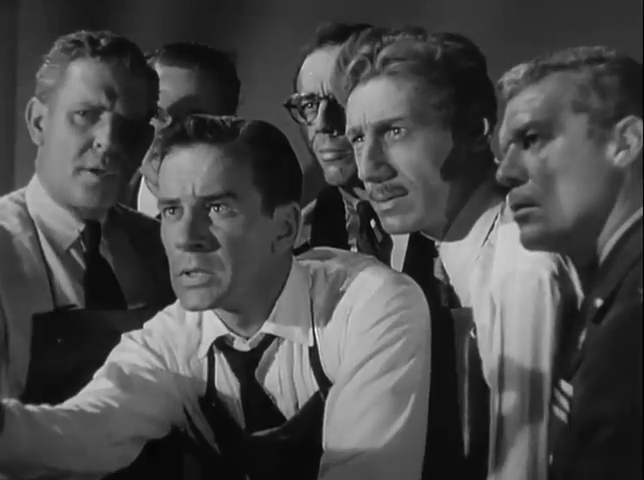
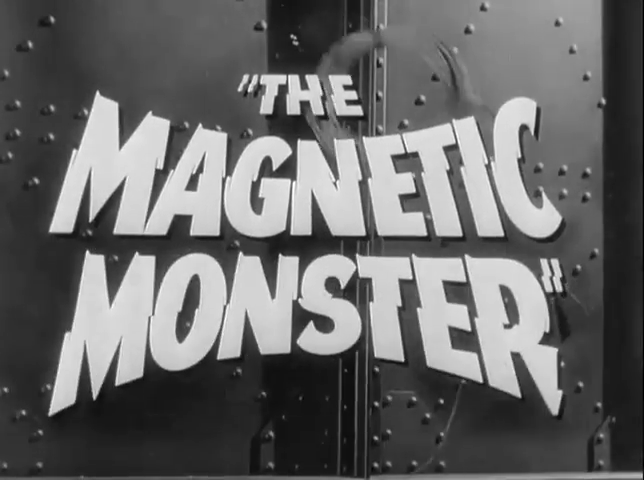
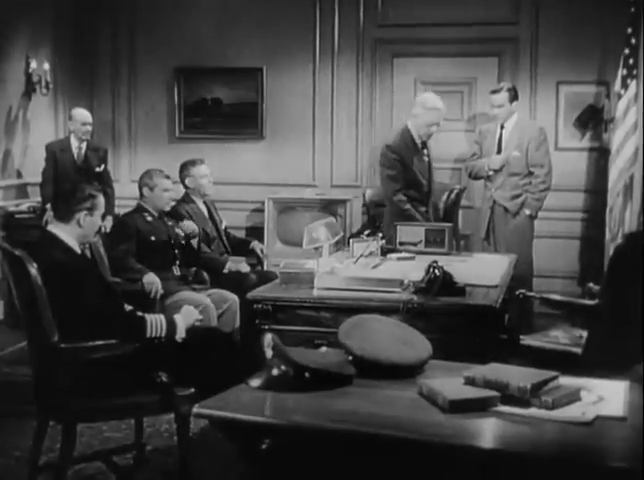
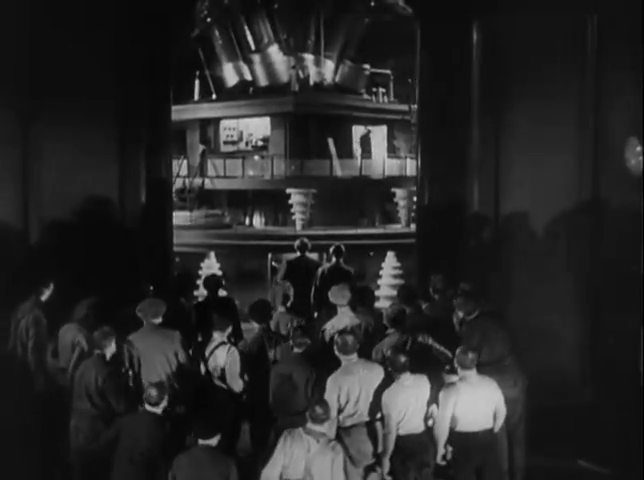
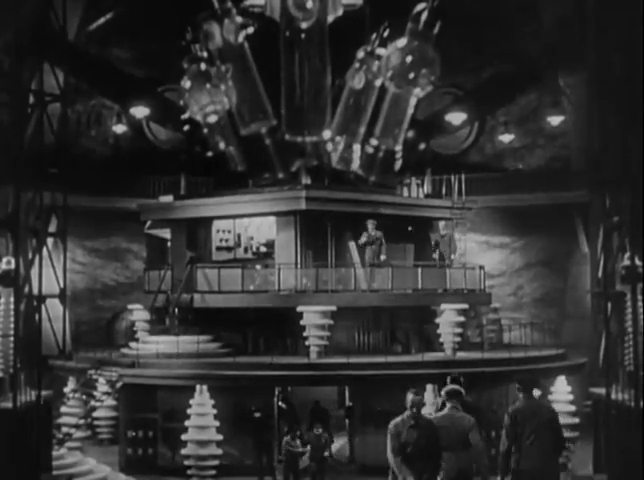
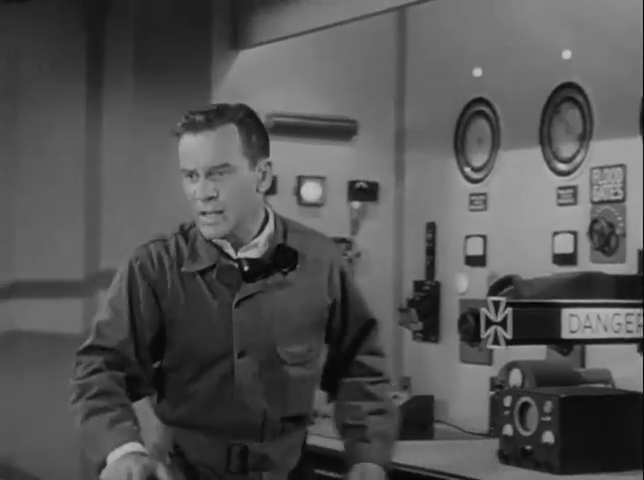
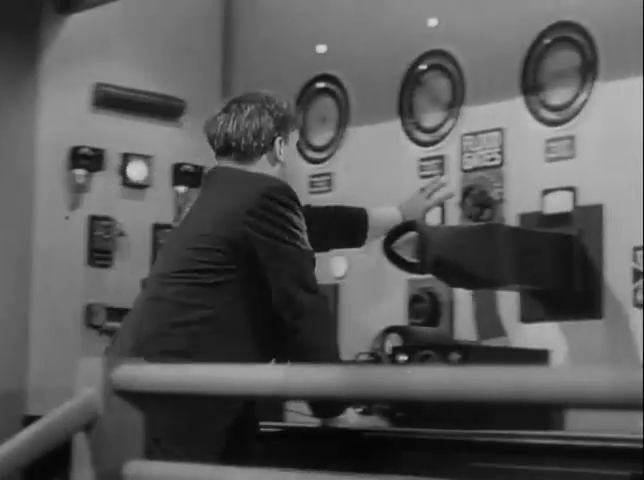
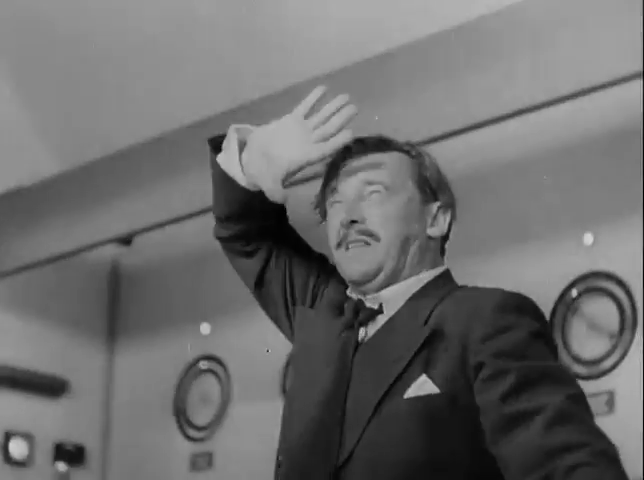
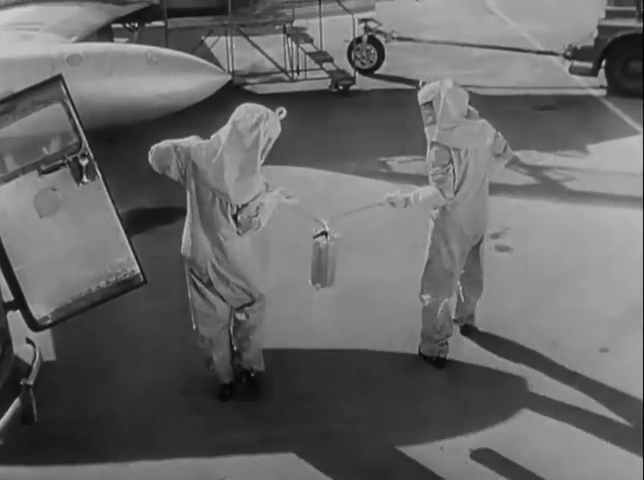
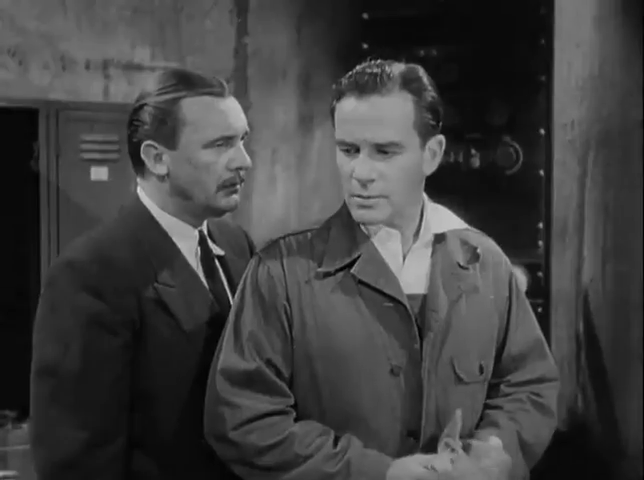
The Magnetic Monster (1953)
Film review #559
Directors: Curt Siodmak, Herbert L. Strock
SYNOPSIS: The Office of Science Investigation (OSI), made to deal with new threats in the atomic age, send their agents, led by Jeffrey Stewart, to investigate a case of strange, powerful magnetism. It turns out that the incident is caused by the research of a scientist who has created a new element that is feeding off energy, and threatens all life on Earth…
THOUGHTS/ANALYSIS: The Magnetic Monster is a 1953 science-fiction film. In the opening, we get a monologue about the threats faced in the new atomic age, and in response to this, the Office of Scientific Investigations (OSI) is established to counter this new threat. One of their A-men, (atomic-men) agents, named Jeffrey Stewart, is called to investigate a strange case involving items becoming magnetised, and stumbles upon some dangerous research and a new element that could threaten to destroy the earth. The film has a very serious tone to it: the narration by the main character is very dramatic and dry, and reminds me more of what you would find in a crime-noir film. The plot itself is decently structured, with some mystery that unfolds at an even pace. The narration helps explains the story, but perhaps overdoes it by relying on it too much rather than showing the story.
At a time of cheap b-movies which were cheap looking that leads them to not being taken seriously, The Magnetic Monster does put some effort into treating the new era of atomic warfare seriously, which presented science almost as if it was exclusively a weapon of war. As mentioned, the narration gives the film a very serious tone, and there’s not much light-heartedness or humour to supplement it. There’s also not really that much action: the “Magnetic Monster” is just some sort of…radioactive element that can only be seen through a microscope, so it limits how much of a threat it can be perceived it to be, but the effects it makes look quite nice. The characters are all fairly bland and similar: just middle-aged men in uniforms talking or arguing with each other, with a grand total of one female character, who’s only role is as Jeff’s wife.
Despite being an independently produced film, there’s some good points about the production: there’s a variety of sets and locations, and they’re fairly detailed so you get a sense of the different locations. The huge machine at the end of the film is quite impressive, but the footage of it is taken from the 1934 German film Gold, and the finale of The Magnetic Monster essentially revolves around the use of the footage from Gold, taking place in an underwater facility that provides the climax for a series of explosions. The Magnetic Monster feels like something a bit different from the usual 50′s sci-fi b-movie. It takes the spirit of the time seriously and delivers a sombre and straight story without any cheesy monsters of special effects. the downside to this is that it’s not that entertaining, and a lack of action and energy might this film difficult to concentrate on through it’s runtime.
